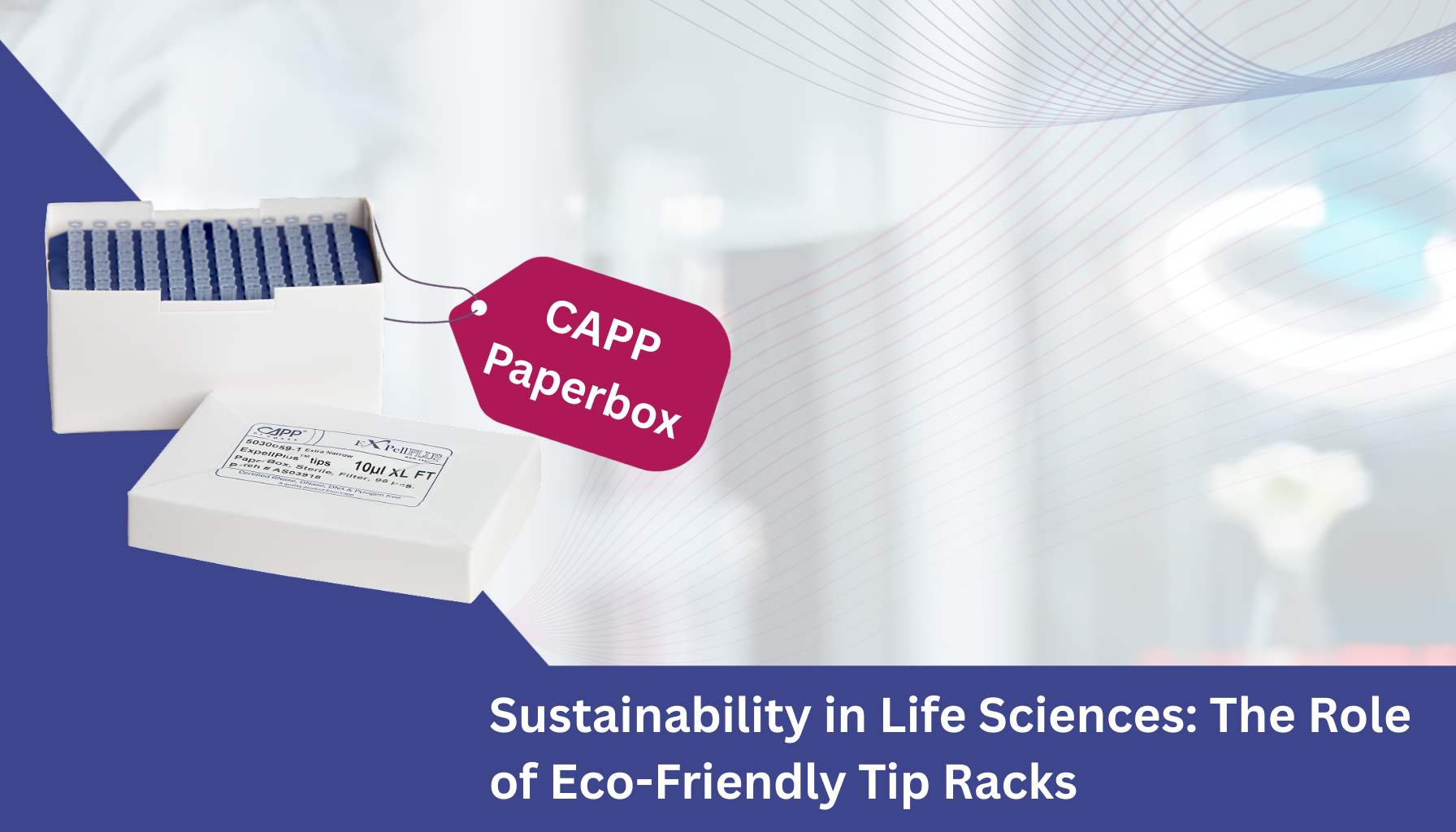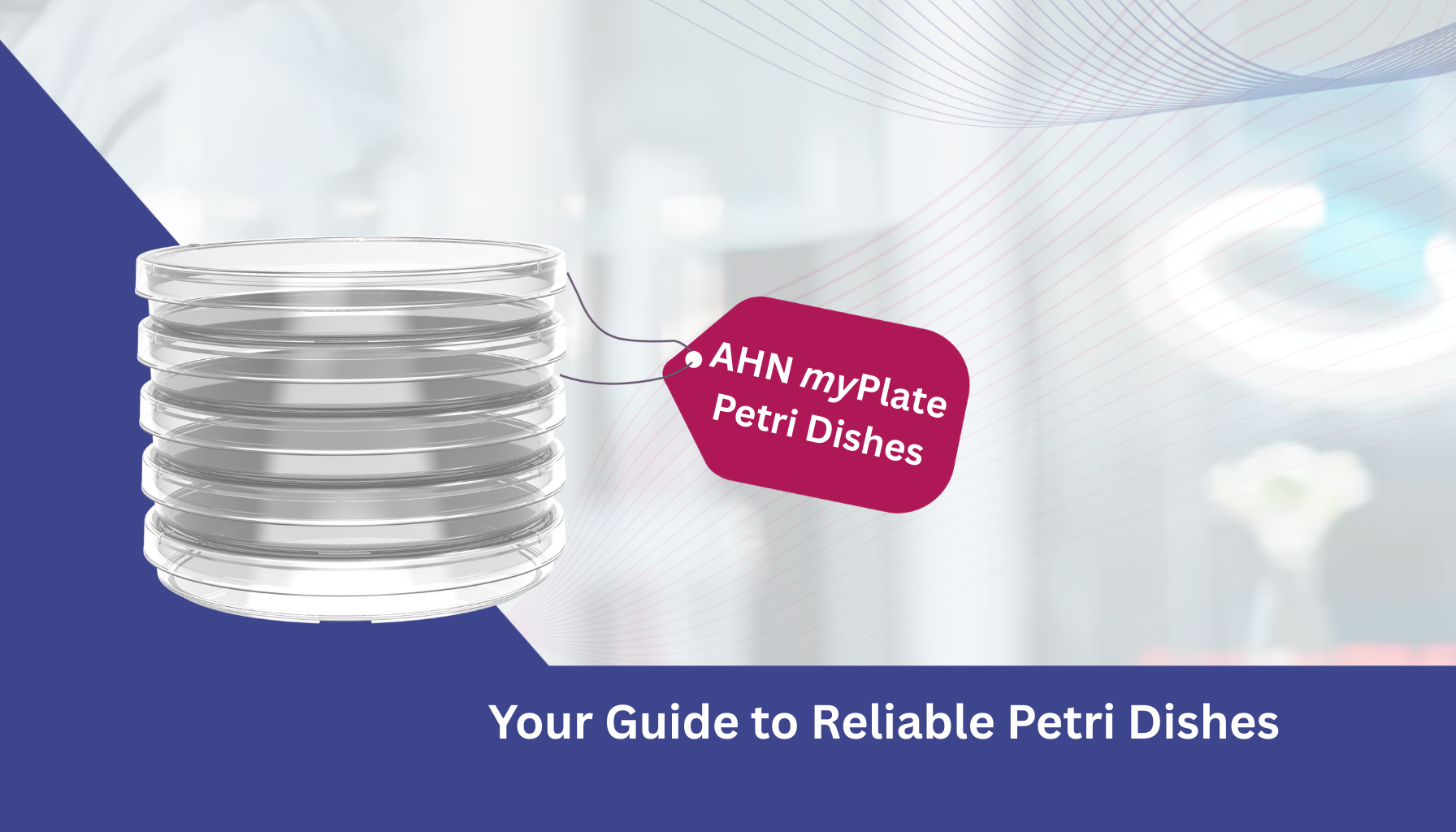In recent years, the life sciences industry has made significant progress in advancing research, efficiency, and precision. However, with such progress comes the major challenge of reducing the environmental footprint of laboratory operations. One often overlooked contributor to the lab waste is the pipette tip rack. Traditionally made entirely of plastic, these racks are used to hold and organise disposable pipette tips for liquid handling. While essential, their single-use nature has led to mounting waste management concerns. With increasing pressure to reduce plastic usage, scientists are looking for sustainable & greener alternatives. One simple yet impactful solution is adopting eco-friendly tip rack options.
What is a Pipette tip rack, and why does its sustainability matter?
A pipette tip rack is a container that securely holds sterile pipette tips, keeping them organised, protected, and ready for accurate liquid handling. In a regular day workflow, a scientist picks up a tip from the rack, uses it for sample transfer, and then discards it, along with the entire rack once empty, and this process is done by a number of scientists on a daily basis. While effective for sterility and effectiveness, this process creates a significant waste problem.
The move towards sustainable tip racks reflects a broader industry shift towards green laboratory practices. By replacing traditional plastic components with recyclable, compostable or reusable materials, labs can significantly reduce waste and their overall carbon footprint.
Let’s understand the difference between regular pipette racks and the eco friendly tip racks
| Features | Regular Pipette Tip Racks | Sustainable Tip Racks |
| Material | Virgin plastic | Biodegradable material |
| Waste Impact | High waste plastic | Up to 60%% less plastic waste |
| End Life | Landfill | Recyclable & compostable |
| Lab cost & Footprint | Higher waste & storage impact | Reduces both cost and storage needs |
| Example | Standard polypropylene rack | AHN CAPP PaperBox |
The Rise of Eco-Friendly Tip Rack Solutions
Leading lab suppliers are reimagining pipette tip storage with sustainability in mind. One such standout is AHN Paperbox, a sustainable tip rack made entirely from recyclable materials. By replacing bulky plastic with a lightweight, eco-friendly alternative, Paperbox significantly cuts down on waste and storage space requirements while remaining compatible with most pipette brands.
Benefits Include:
- Up to 60% reduction in plastic waste compared to single-use racks
- Fully recyclable cardboard construction
- Space-saving design for easy storage and transportation
- Maintains tips sterility & compatibility
Why Sustainable Tip Racks Matter in Laboratories
In many life science laboratories, pipette tip racks are surprisingly large contributors to plastic waste; studies suggest that they can account for up to 80% of labs’ plastic waste. Traditional racks made from standard polypropylene are rarely recycled, meaning most end up in landfills or are downcycled into lower-grade materials.
Switching to sustainable tip racks or eco-friendly tip racks can dramatically reduce the footprint. Refillable, recyclable, or compostable systems can reduce plastic usage by as much as 60%, leading to measurable reductions in both environmental impact and costs.
This shift is not merely about regulatory compliance or a positive brand image—it represents a tangible, ongoing step toward greener research practices, without sacrificing the precision, sterility, or reliability that laboratories demand.
The eco-friendly alternative: CAPP paper box by AHN Bio
The CAPP paper box is an excellent example of next next-generation, eco-friendly tip rack
- Made entirely from biodegradable material
- Fully compatible with standard pipette tips
- Maintains sterility while drastically reducing plastic waste
- Compostable after use, aligning with circular economy principles
This design ensures that labs can maintain precision and sterility while adopting environmentally responsible practices.
Market shifts towards sustainable Lab consumables
The global market for sustainable lab consumables is growing rapidly, driven by both regulatory pressures and institutional sustainability goals
- Demand for eco-friendly consumables is expected to grow at a CAGR of 7-9% through 2030
- Universities and research facilities are implementing green lab programs that prioritise sustainable purchasing.
- Innovations in biodegradable polymers and paper-based products are enabling cost-competitive, high-performance alternatives to plastic racks.
Conclusion: Small Changes, Big Impact
In the world of life sciences, where every detail matters, even the smallest equipment choice can create ripples of positive change. By adopting eco-friendly tip racks like the CAPP paper box, laboratories can maintain the highest standard of performance while actively reducing their environmental footprint.
Sustainability in science doesn’t always require massive overhauls – it can begin with something as simple as rethinking the pipette tip rack. For labs ready to align their practices with a greener future, this is a step that’s both practical and impactful.




